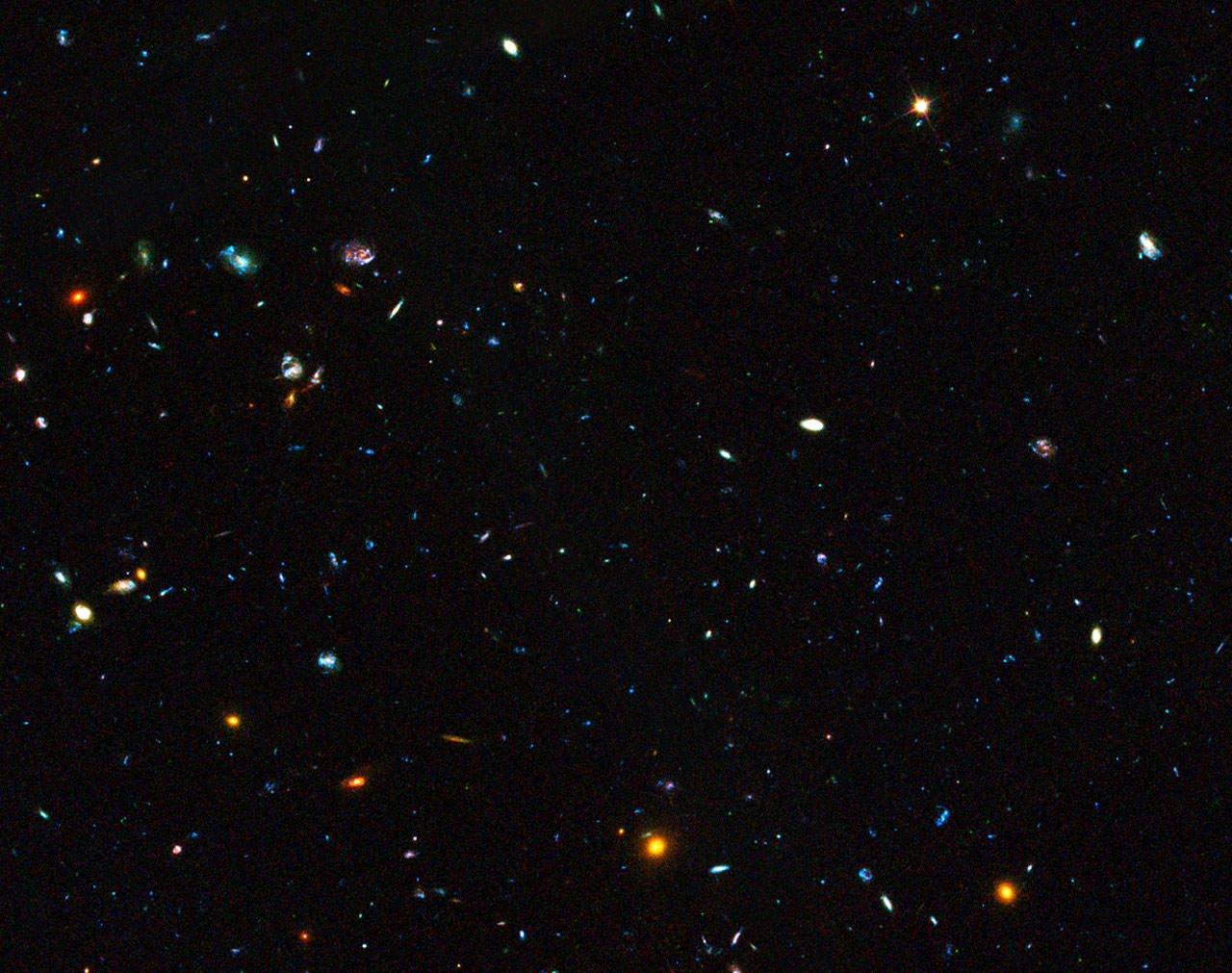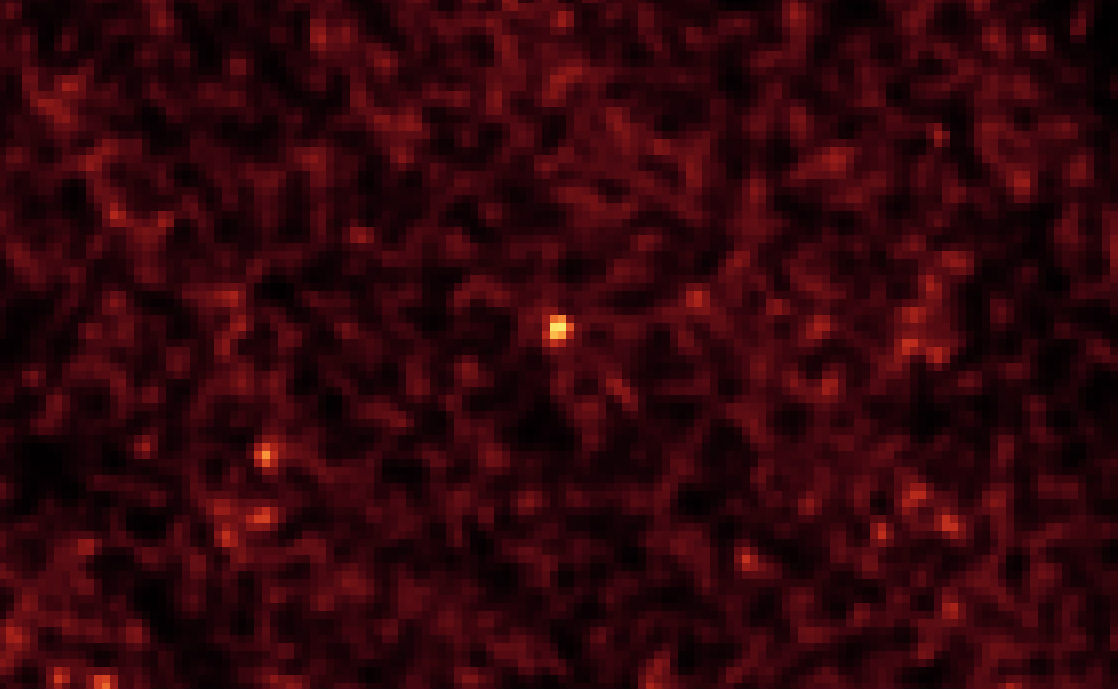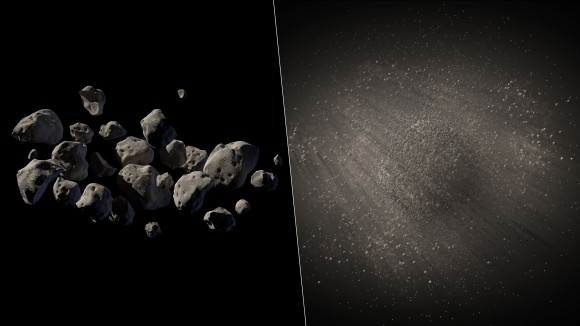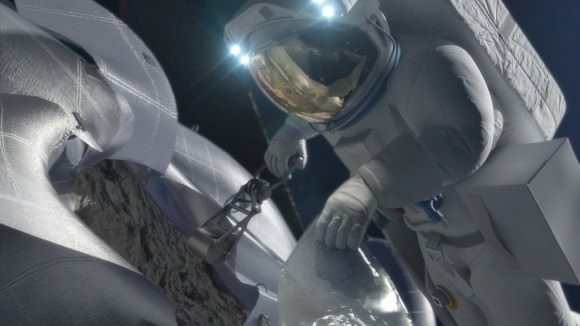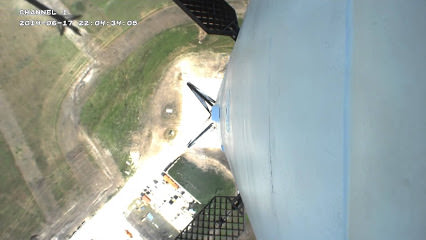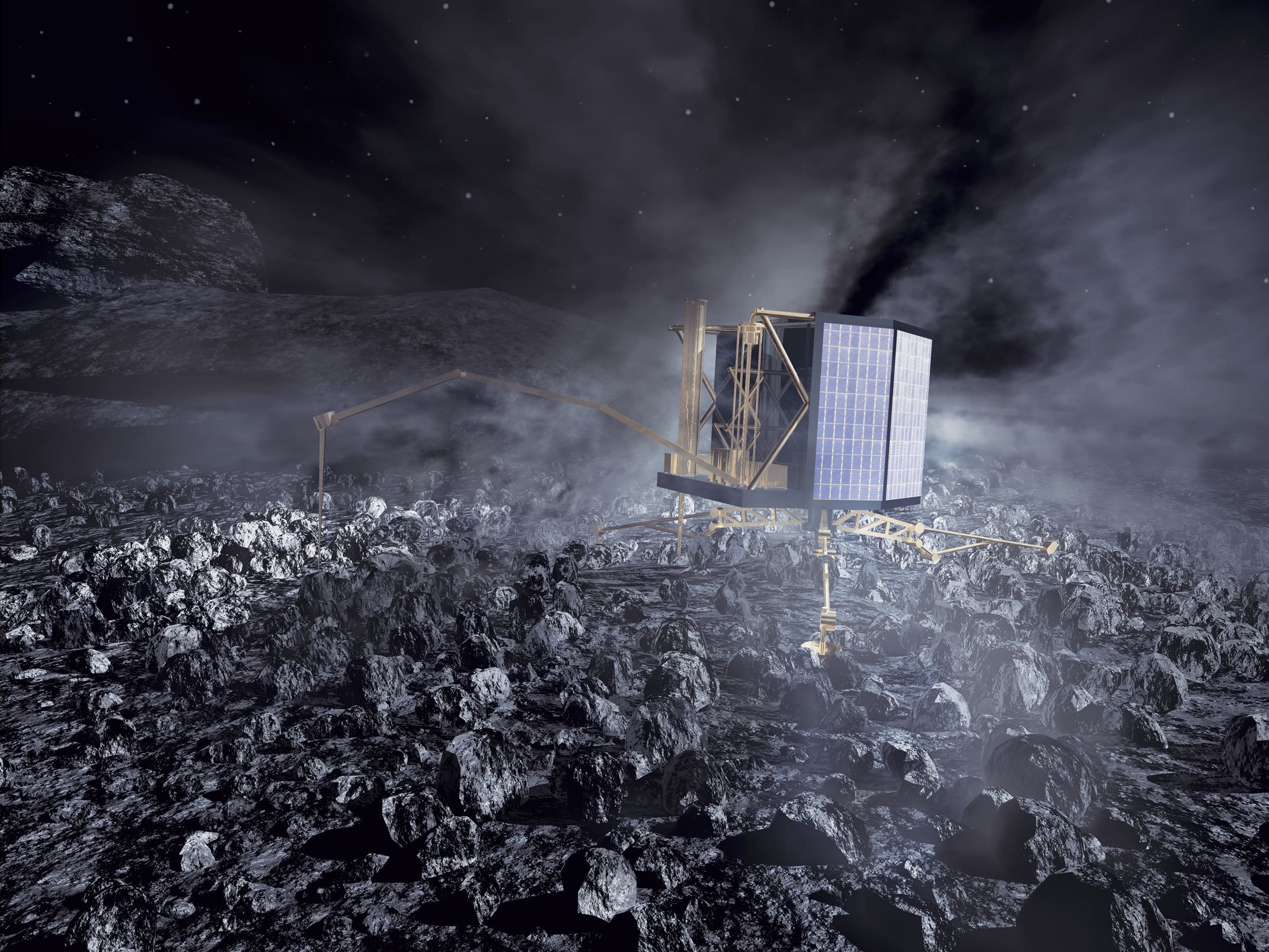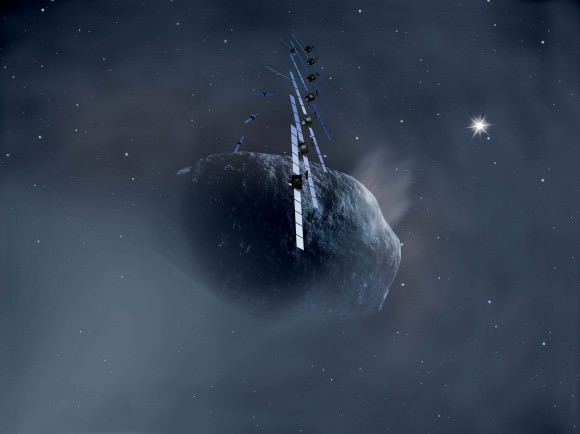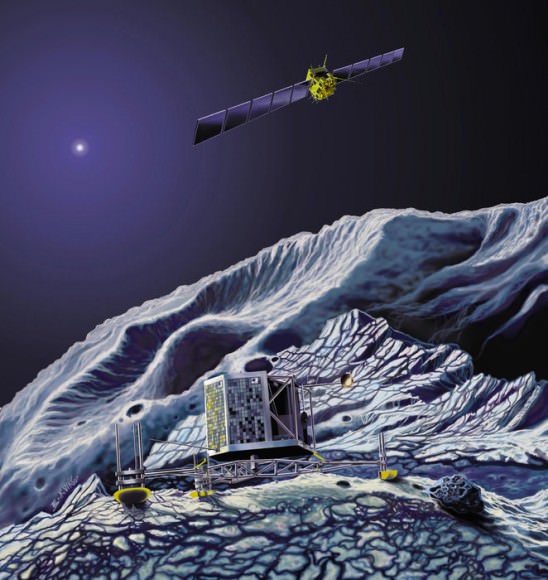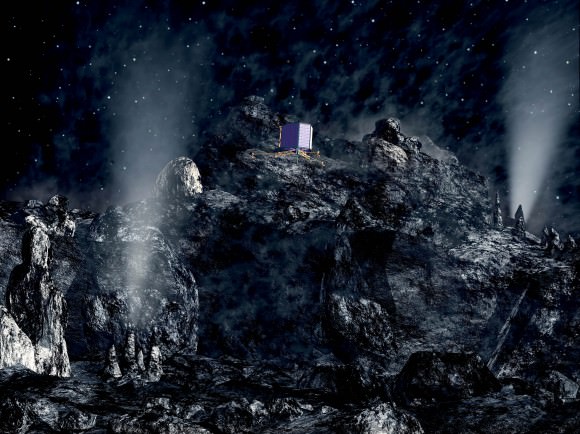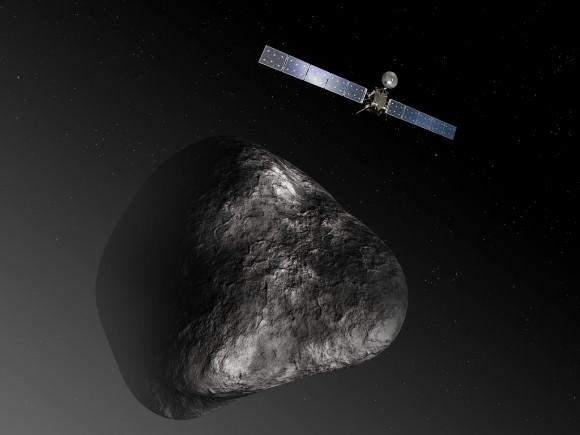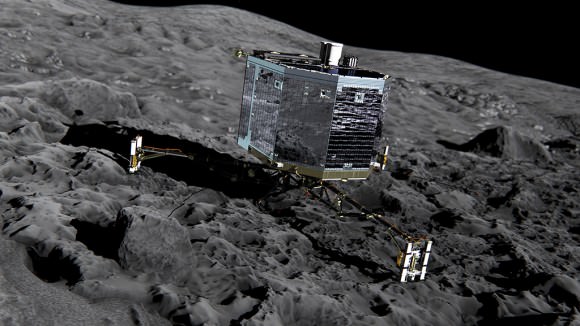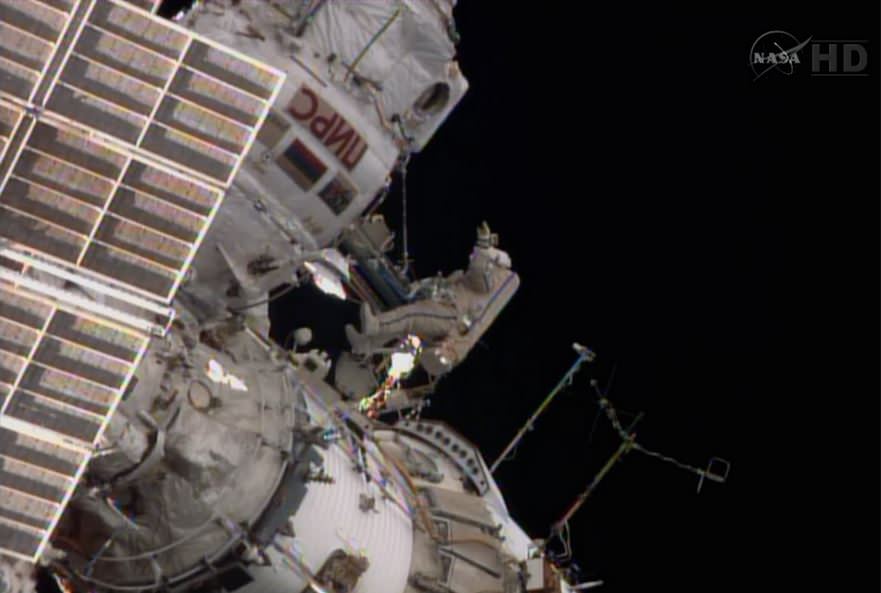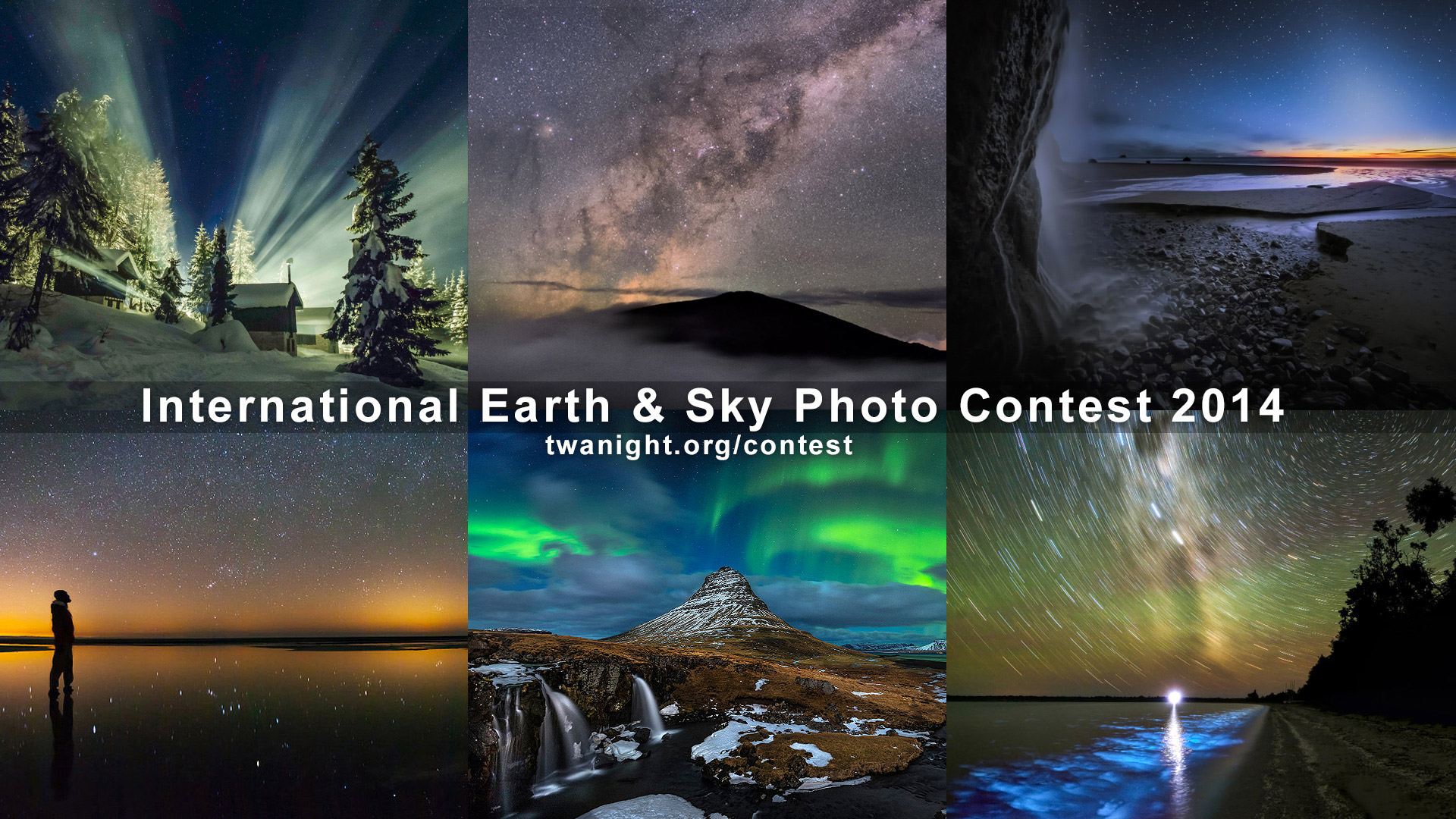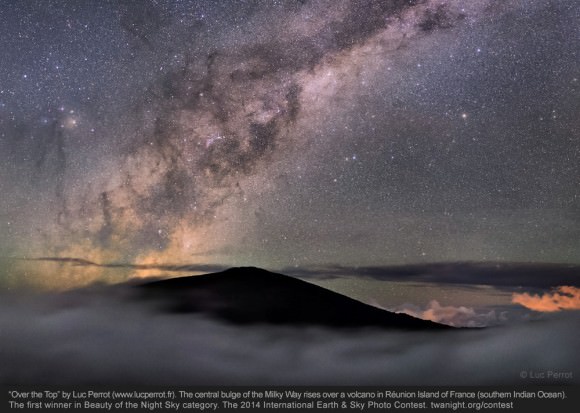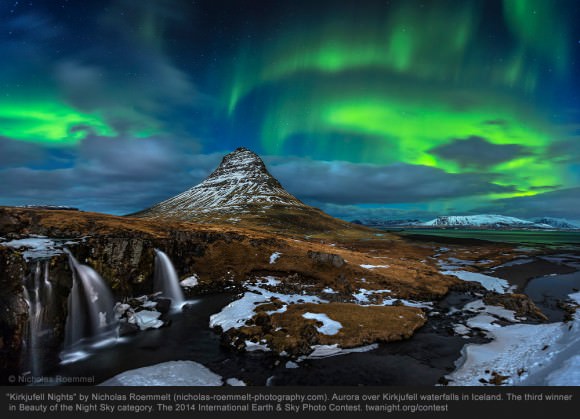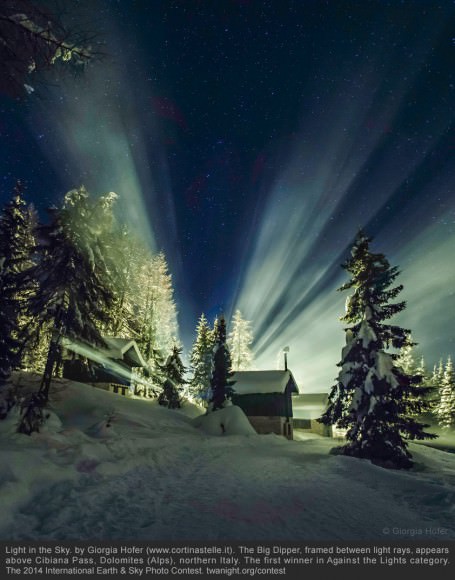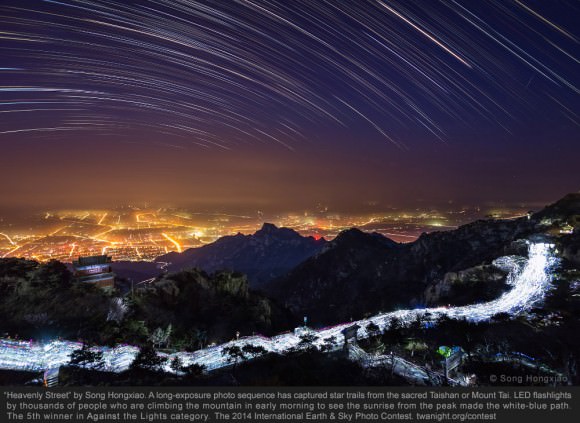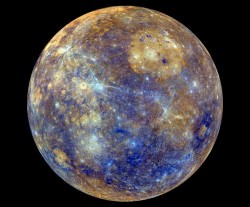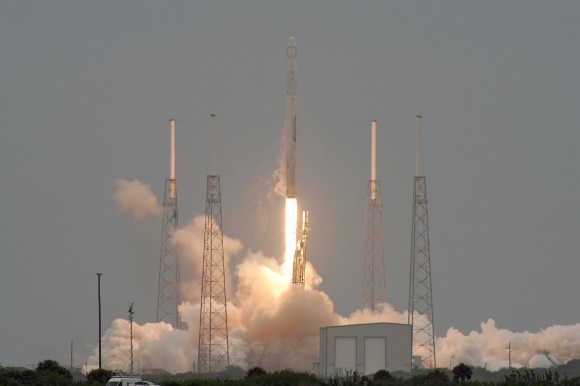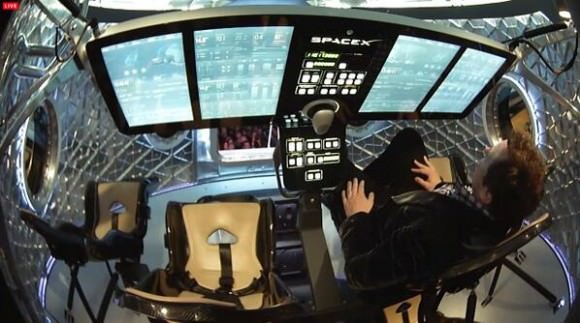Massive galaxies in the early Universe formed stars at a much faster clip than they do today — creating the equivalent of a thousand new suns per year. This rate reached its peak 3 billion years after the Big Bang, and by 6 billion years, galaxies had created most of their stars.
New observations from the Hubble Space Telescope show that even dwarf galaxies — the small, low mass clusters of several billion stars — produced stars at a rapid rate, playing a bigger role than expected in the early history of the Universe.
Today, we tend to see dwarf galaxies clinging to larger galaxies, or sometimes engulfed within, rather than existing as blazing collections of stars alone. But astronomers have suspected that dwarfs in the early Universe could turn over stars quickly. The trouble is, most images aren’t sharp enough to reveal the faint, faraway galaxies we need to observe.
“We already suspected that dwarf starbursting galaxies would contribute to the early wave of star formation, but this is the first time we’ve been able to measure the effect they actually had,” said lead author Hakim Atek of the École Polytechnique Fédérale de Lausanne (EPFL) in a press release. “They appear to have had a surprisingly significant role to play during the epoch where the Universe formed most of its stars.”
Previous studies of starburst galaxies in the early Universe were biased toward massive galaxies, leaving out the huge number of dwarf galaxies that existed in this era. But the highly sensitive capabilities of Hubble’s Wide Field Camera 3 have now allowed astronomers to peer at low-mass dwarf galaxies in the distant Universe.
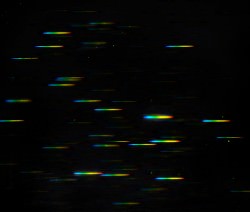
Atek and colleagues looked at 1000 galaxies from roughly three billion years to 10 billion years after the Big Bang. They dug through their data, in search of the H-alpha line: a deep-red visible spectral line, which occurs when a hydrogen electron falls from its third to second lowest energy level.
In star forming regions, the surrounding gas is continually ionized by radiation from the newly formed stars. Once the gas is ionized, the nucleus and removed electron can recombine to form a new hydrogen atom with the electron typically in a higher energy state. This electron will then cascade back to the ground state, a process that produces H-alpha emission about half the time.
So the H-alpha line is an effective probe of star formation and the brightness of the H-alpha line (which is much easier to detect than the faint, almost invisible, continuum) is an effective probe of the star formation rate. From this single line, Attek and colleagues found that the rate at which stars are turning on in early dwarfs is surprisingly high.
“These galaxies are forming stars so quickly that they could actually double their entire mass of stars in only 150 million years — this sort of gain in stellar mass would take most normal galaxies 1-3 billion years,” said co-author Jean-Paul Kneib, also of EPFL.
The team doesn’t yet know why these small galaxies are producing such a vast number of stars. In general, bursts of star formation are thought to follow somewhat chaotic events like galactic mergers or the shock of a supernova. But by continuing to study these dwarf galaxies, astronomers hope to shed light on galactic evolution and help paint a consistent picture of events in the early Universe.
The paper has been published today in the Astrophysical Journal and may be viewed here. The latest Hubblecast (below) also covers this exciting result.

